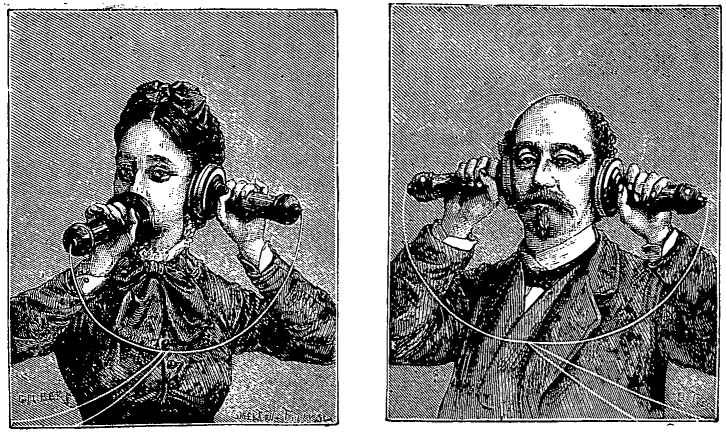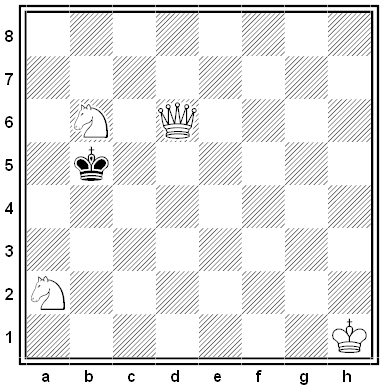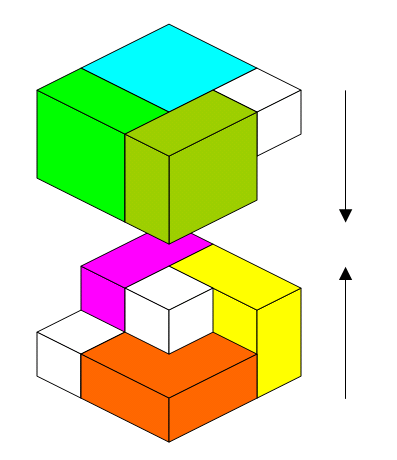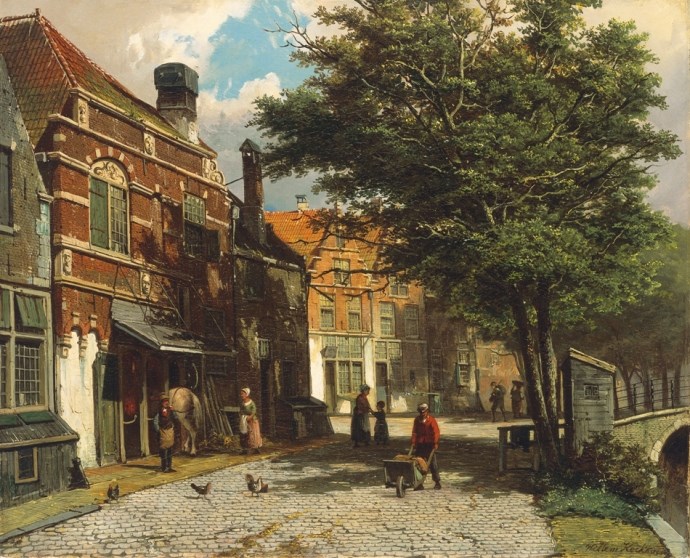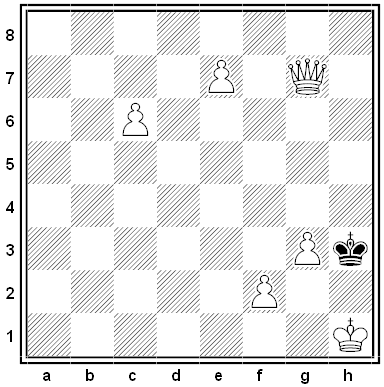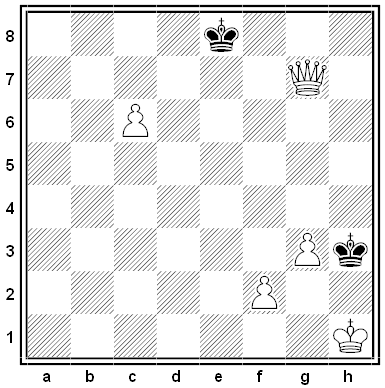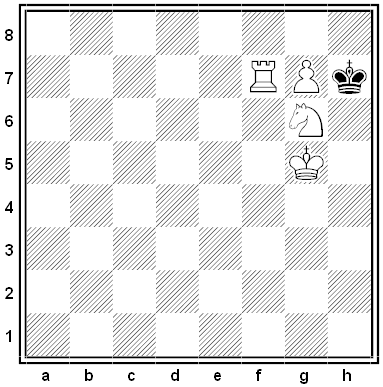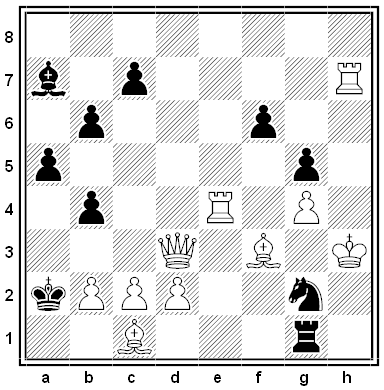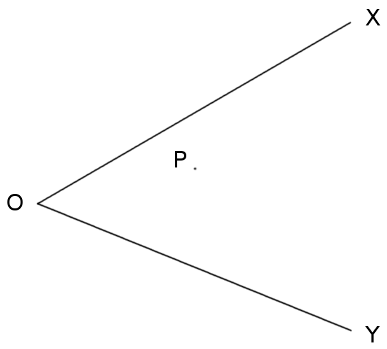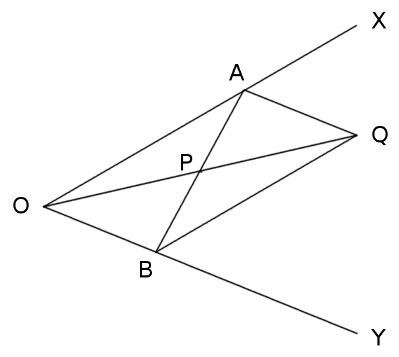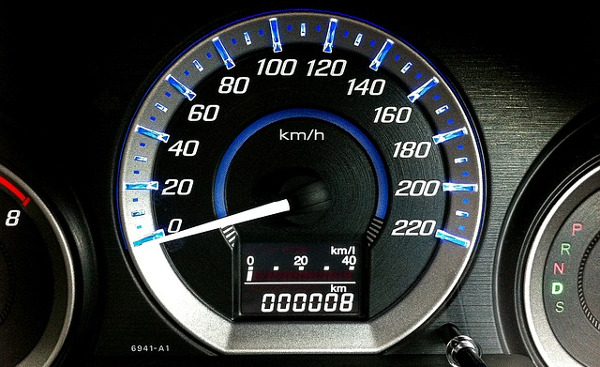
In 1978 the Chronicle of Higher Education mentioned an old exam question:
Q. How far can a dog run into the woods?
A. Halfway. The rest of the time he is running out.
Harvard’s Richard E. Baym wrote in to take issue with the answer:
The correct answer is ‘All the way’. Certainly we understand that the dog is running ‘in’ only until he reaches the middle of the forest, but this is in fact, all the way in. If the dog ran only half ‘in’, he would not yet be at the middle. Indeed if the dog ran halfway in and then ran halfway out, he would still be in the woods.
The editors noted, “It occurs to us that the dog’s continued presence there would be useful, in case something happens to that tree that we’ve been hearing about since high school physics — the one that falls when no one is in the forest and since there is no eardum to register sound waves, makes no noise. You know what a fine sense of hearing a dog has. Let him run halfway in (or as Mr. Baym argues, all the way), settle there, and keep an ear cocked for that tree.”
(from Robert L. Weber, ed., Science With a Smile, 1992.)
